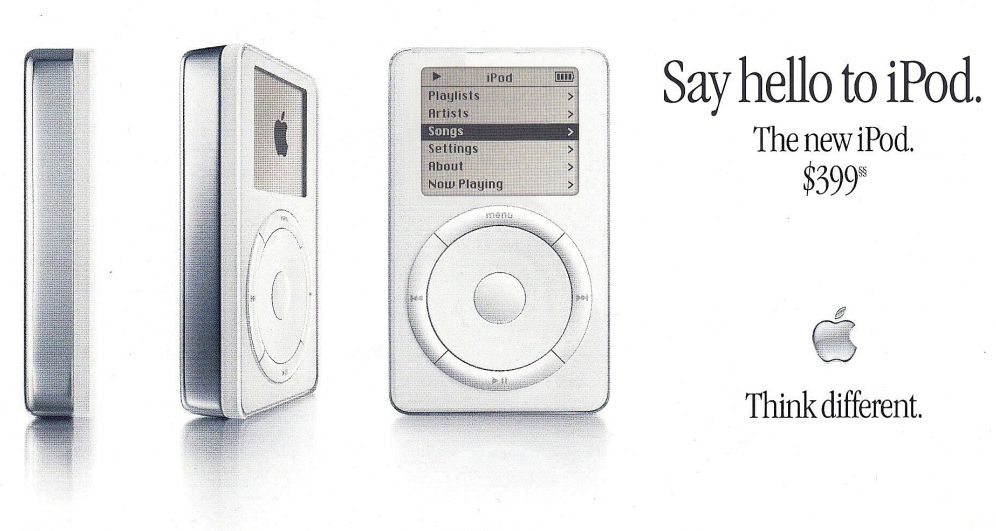BLOG: If you’ve been paying attention to the flash screens that ceremoniously announce your entry into either Microsoft’s, Google’s, or Adobe’s ecosystem when you load their software or log on, you would have noticed some new naming conventions in recent times. Microsoft Office became Office 365. That changed again. Last year, Microsoft dumped the “Office” moniker and just calls it Microsoft 365 now — perhaps as an ominous reminder that, there is no office for us now, and we just work from our homes or wherever we choose to! And Gmail is now known as Google Workspace (email is so passé — workgroup collaboration is preferred). Earlier, Google introduced Google One for paid subscribers who wanted to use more than 15 GB of free storage space. And sometime ago, Adobe renamed its suite of desktop publishing software to Adobe Creative Cloud. It’s no longer confined to the desktop, and you absolutely need an Internet connection to use its software on the cloud. Symantec security software now uses the Norton brand for its consumer software, perhaps as a tribute to Peter Norton, the founder of the company. A long time ago, successive software versions used numbers like 1.0, 1.1, and 1.13. Earlier Microsoft used this numbering system for its Windows operating system. If I remember correctly, it went as far as Windows 3.11 (Windows for Workgroups) and then came Windows NT, Windows CE, Windows XP, Windows 95, Windows 98, and then Windows Vista. Then it was back to numbers: Windows 7, Windows 8, Windows 10, and now, Windows 11 is about to be launched. The other day, Microsoft also announced a new product called Windows 365. Apple named its OS versions after big cats (as in Mountain Lion) and also use Roman numerals (Mac OS X). And now they name their OS after exotic places and landscapes (Catalina, Big Sur). Well, doesn’t all this numbering and naming leave you confused? It certainly makes me wonder what’s the logic behind it all. Let me attempt to explain, based on my nearly three decades of observation.
What’s with the software version numbers?
Software is never perfect, and someone always keeps finding “bugs” or errors – the software developer responds by “patching” these bugs. Until the product developer comes to know about the bug, it is called a “zero-day” vulnerability. In plain English, this means there are always flaws in the code – and hackers or developers somehow discover these errors. That makes the software (and the system it is running on) vulnerable. Hackers exploit these bugs to gain control of the software and the host system. Other kind of bugs meant that some functions in the software did not work the way they were intended to, and someone would discover that and report it back to the developer. Once these bugs are fixed or “patched” a new version of the software is released, and users have to update their software.
[perfectpullquote align=”full” bordertop=”false” cite=”” link=”” color=”” class=”” size=””]The update process is more automated now as patches and new versions are distributed via the Internet.[/perfectpullquote]
Back in the day, they were distributed on CD-ROM and earlier, floppy disks. And these updates would use Arabic numerals and decimal numbers for their version numbers. A 1.1 version meant some minor changes. Going from version 1 to version 2 was a big leap and it meant new features were added, features were enhanced, or you could get a shiny new interface. And so, users would avoid version 1.0 and wait for later (and more stable) versions, before purchasing the software.
In the 1990s, PCs were networked, and then linked to the Internet and the Web. Today, they are connected to the cloud. And as these trends occurred, the version numbers vanished. Well, not entirely; developers still use these numbers for beta versions (which are not released to the general public).
When PCs were first connected to the Internet and the Web, it unleashed a whole new experience. Floppy disks vanished, and CD-ROM drives were replaced by DVD drives. Of course, those have gone too, and all software is now distributed via the Internet and downloaded from servers. So, it was once fashionable to prefix an “e” before the name of a software. Remember the blue “e” icon of the erstwhile Internet Explorer browser? And Apple prefixed “i” to its product names to indicate these were internet devices: iPhone, iPad, iMac, iPod. Oracle used the “i” as a suffix, as in Oracle 8i.
The point here is that there are shifts in the way software is distributed (delivery) and used. [perfectpullquote align=”left” bordertop=”false” cite=”” link=”” color=”” class=”” size=””]Today, we pay for services; we seldom buy products. Software is sold on a subscription basis, and you consume it from the cloud. Smartphones and apps may have been the harbinger for this model.[/perfectpullquote]
We’re also seeing another trend today, which was accelerated due to the pandemic. Workers are distributed and work from any location, yet they collaborate over the cloud. Hence the concept of Teams and Workspaces. That explains new software version names (like Google Workspace) and products (like Microsoft Teams and Flock).
Keeping up with these trends, the names of software versions evolved too, from boring decimal numbers to fancy names like Windows Vista, Big Sur, and Adobe Creative Cloud.
Well, I hope this explanation, puts an end to the confusion created by developers, with their product version numbers and names. I think software developers are getting more creative now, when it comes to naming new versions of their software, perhaps taking a cue from the mobile platforms — Lollipop, Ice cream sandwich, Oreo, Kit Kat, Marshmallow, Gingerbread, Donut, Eclair, cupcake anyone?
Views are personal and there is no intention to malign any tech brand. If there are any inaccuracies in this reporting, write to: [email protected]









